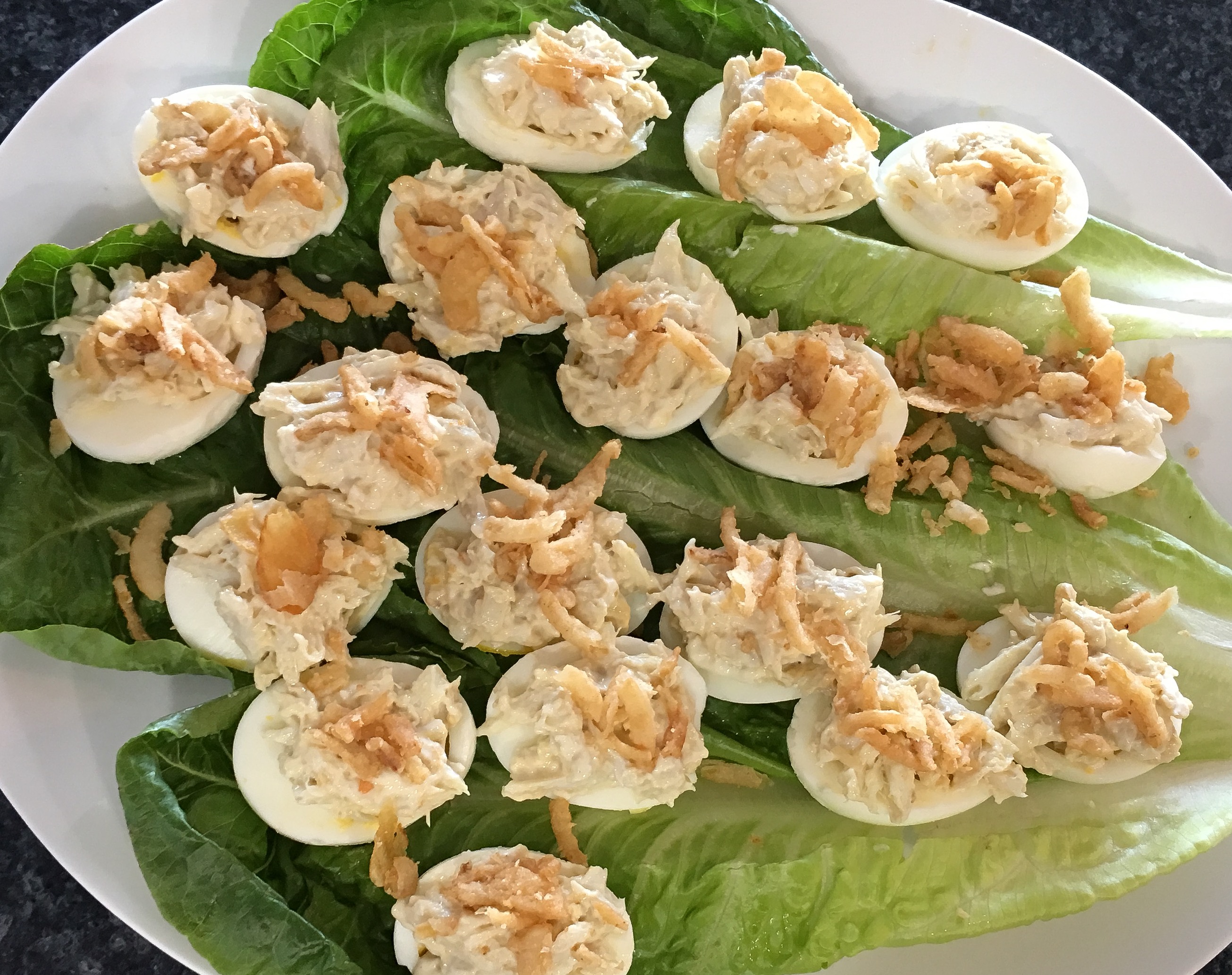
Prepare the spinach:
For this pita, trademark of the Greek cuisine you can use fresh baby spinach or frozen blocks of spinach. It all depends on the season and your taste, as well as the time you want to spend in the kitchen.
If you chose frozen spinach you may drop the blocks in boiling water and then drain them in a fine colander.
If you chose fresh baby spinach, the preparation is longer. In a large colander place the spinach and rub the leaves with sone coarse salt. Let stand for half hour and then rinse well. At this point they have reduced in volume.
Another way to prepare fresh baby spinach is to blanch the leaves in boiling water for a few seconds. This way they lose their volume immediately. Again drain well.
For the recipe below use 3 1lb. Containers of fresh baby spinach OR 3 frozen spinach blocks,
The ingredients:
Prepared spinach
3 bunches of green onions sliced (the white part and some green tender parts)
3 leeks sliced and well cleaned (white part only) The leeks give the pita a sweet taste. You may substitute the leeks with 2 more bunches of green onions.
1 cup finely chopped dill
Feta cheese, 300 to 400 grams depending on your liking for feta. Crumble the cheese in small pieces wit your fingers.
6 eggs
1 box of frozen fyllo pastry. In specialty stores you may find thin or thick fyllo. Thicker fyllo will require less sheets layered and it will give the spanakopita a country style look and texture. My children like thin fully.
About a cup of extra virgin olive oil for sautéing and brushing the fyllo pastry.
Prepare the greens:
In a non stick shallow pan heat 2 Tbsp olive oil and sautée the green onions and the leeks for 3-4 minutes until they are soft and translucent. Add the chopped dill, stir and immediately remove from the heat.
Mix everything together:
In a large bowl beat the eggs, add the spinach, the greens and the cheese and mix well. Do not add extra salt as the cheese will give the filling the right saltiness
Assemble the pita:
In a 13×9 pan start assembling as follows: First place four sheets of fyllo one by one brushing with olive oil between layers. Each of the sheets should cover part of the bottom of the pan leaving about inches hanging over the pan from every side. Add two more sheets over the centre still brushing between the layers.
Pour the pita filling in the pan. Level it nicely. Bring over the four hanging sheets from each side so that the content is enclosed at the edges. Keep adding fyllo sheets on top always brushing in between. There might be excess phyllo at the sides which you either push gently between the pan snd the pita, or fold them like a rope around the pan sides. There should be about 6 sheets on top. Brush a final coat of olive oil all over. Using a very sharp small knife, make a few cuts along the lines of the desired portions. This way the enclosed filling will not explode.
Preheat your oven to 365 degrees F. Place the spanakopita at the centre. It needs 45 to 60 minutes. So after 40 minutes start checking for doneness. A knife inserted should come out clear and not eggy and the fyllo must have a golden colour.
There is a version of spanakopita without feta cheese preferred mostly during lent times. If you chose this version, add a spoonful of rice in the mixture. The rice will absorb the excess liquids and it will give the pita an interesting bite.






































































































































